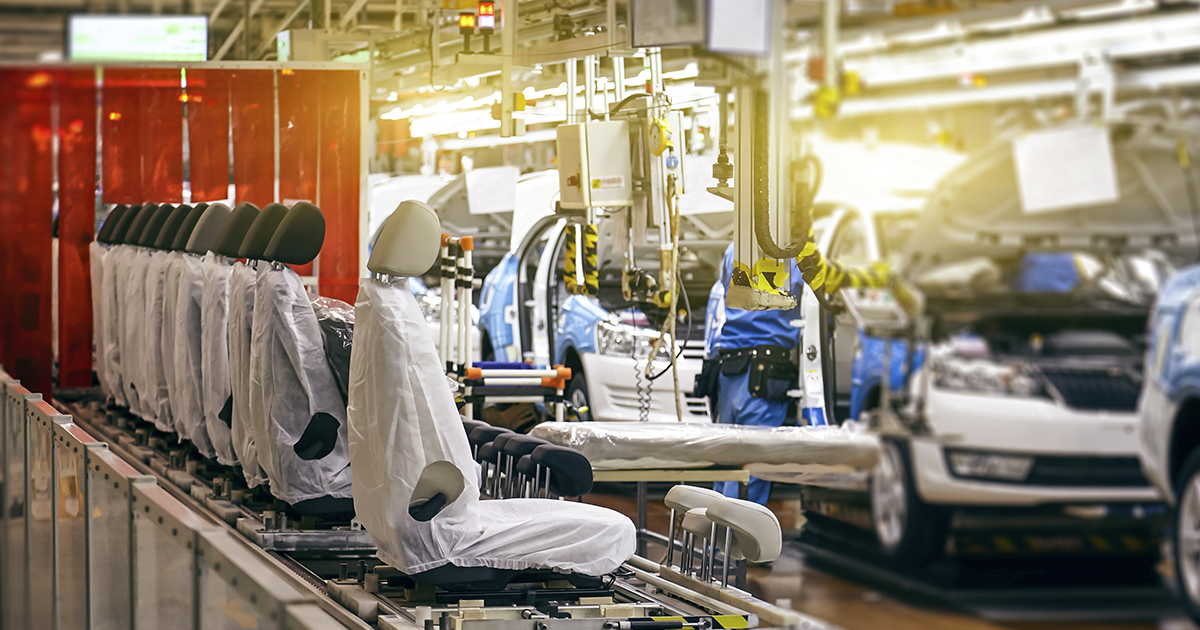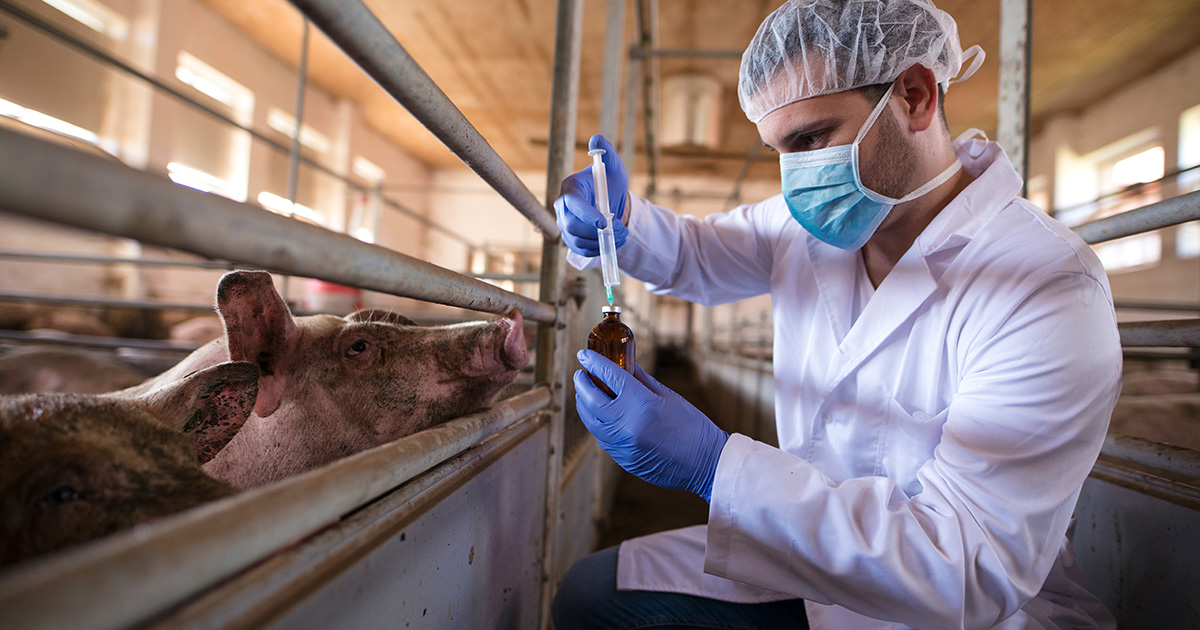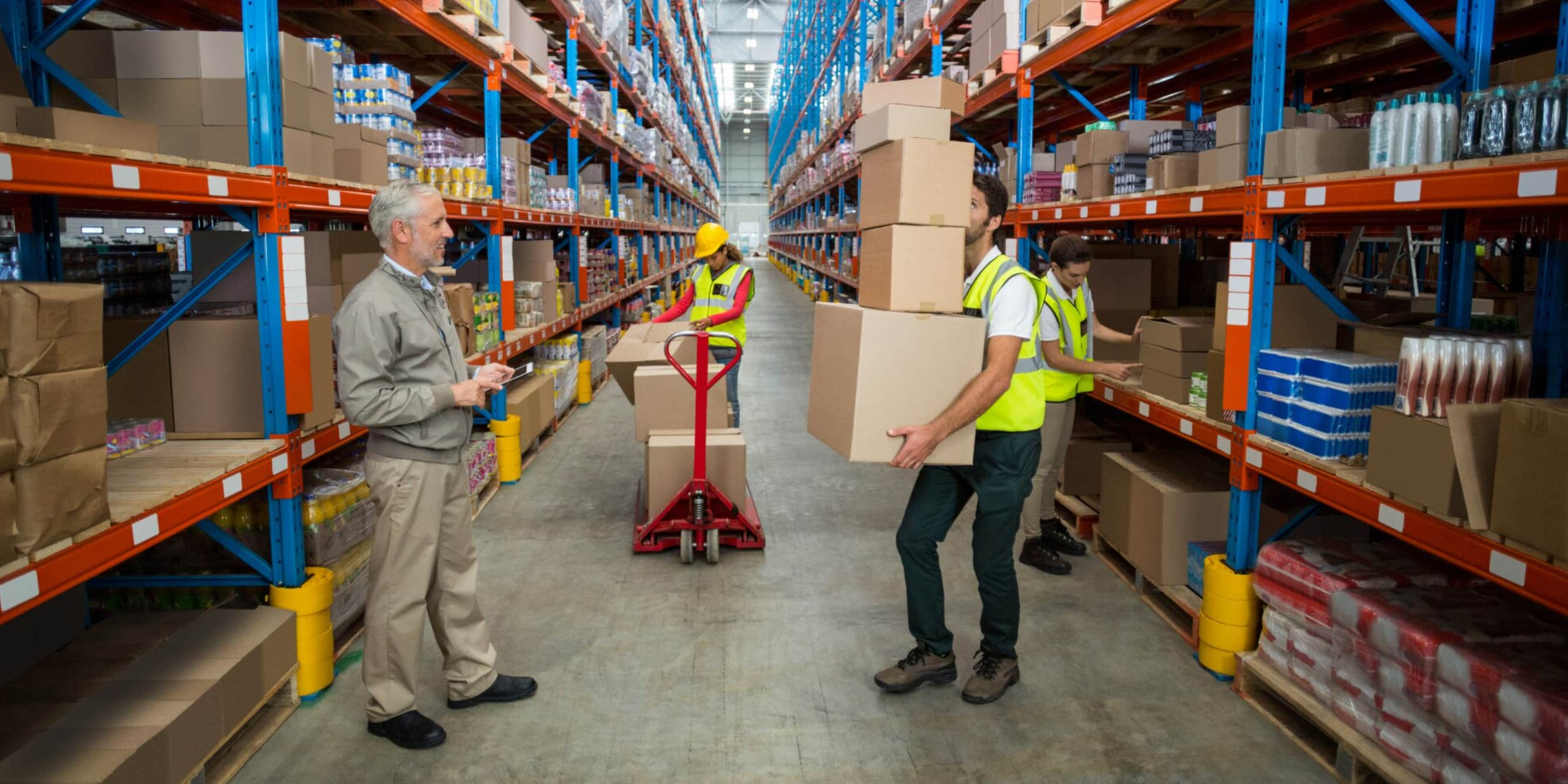A car can have up to 90,000 parts and components. And most of them are not made directly by the manufacturers. So, by its nature, the automotive industry had already a complex supply chain and logistics to bring its distributed and globalized processes together. In the aftermath of the pandemics during which, of course, it has suffered major impacts - the challenges have multiplied.
Soaring costs and new obstacles
Considering the current scenario, the transportation shortage of raw materials and parts from many places to production locations is still a challenge, as has been the case since 2020 with the crisis of low availability of ships from east to west, for example, which has led to increases of up to 400% in freight costs.
Moreover, since the pandemics began, the demand instability has contributed to this presenting historical peaks, both negative and positive, as is currently the case, when car sales are increasing. These unforeseen records have also resulted in delivery delays.
Likewise, changes in production methods had an influence somehow, once in many cases a shift towards build-to-order or make-to-order processes was held, that is, no fixed inventory, cars were manufactured to order.
As for component imports, the closure of these markets in China have affected the global market and, particularly, Latin American automotive production.
On the other hand, a high demand for technological items was triggered by the quarantine, which led electronics companies to increase their stock, impacting thus on the production capacity of semiconductor manufacturers, generating shortages of these products, which ultimately affects automotive manufacturers, whose costs depend to a large extent on these parts.
Logistics transforming for the automotive industry
All these needs require logistics solutions for the automotive industry to respond properly and on time to the demand. Solutions that must be more and more based on flexibility.
These include more flexible supply chain management to accelerate or decelerate supply according to the scenario; warehousing capacities that also respond to these fluctuations in demand; and transportation alternatives capable of avoiding traffic jams or shortages of units, also with flexibility to be combined.
This is how logistics operators have developed systems capable of foreseeing critical events, offering global visibility of the chain, designing alternative and intermodal transportation options, streamlining decision making, and improving stock management. These 3PL and 4PL solutions are establishing themselves as the industry's logistics option to reduce the impact of these global conditions on time and cost, while increasing competitiveness.
Logistics professionals for the automotive industry
In Solistica we know that something that characterizes the automotive industry in terms of logistics, is the fact that each operational part of the vehicle has different requirements, so it is vital to optimize time and cost to improve assembly lines productivity according to the constraints.
We know that, to achieve this, each batch, serial number, extraction time and delivery to the plant must be precisely controlled, prioritizing the continuity of the production process.
In summary, at Solistica we know how things work in the supply chains of this industry and that is why we offer transportation, warehousing and value-added solutions that make companies competitive. We implement continuous improvement processes, redesign your logistics flows, and optimize routes to achieve greater efficiency and profitability.
More benefits:
- Collaboration and visibility in the supply chain reducing risks - Balance between capabilities, constraints, and commitments
- Projects customization
- Logistics flow redesign
- People management through productivity analysis
- Web, mobile and EDI delivery management system.



.jpg)


